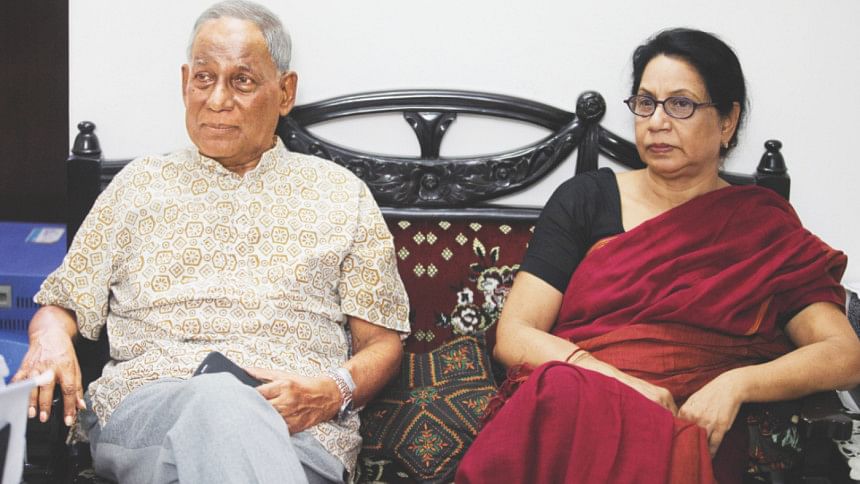Find out the real history

"I was a proud member of a team which had conducted a secrete operation that made the battle easier for the main force to occupy Chittagong as well as the capital."
It was engineer Siddique Ahmad, a leader of BLF during the Liberation War, talking to this correspondent at his capital's residence recently.
Now 75, the war hero said that there was hardly any initiative from government or private sectors to dig out the real history of "Operation Eagle", a secret mission of BLF and Indian SFF.
He would not speak further about his frustration. But his wife Farida Akhter Runu, who worked as a volunteer in Shibpur Camp under NAP (Bhasani) leader Mannan Bhuiyan during the war, insists that the new generation needs to know this all.
"The Indian authorities or the SFF preserved their history but we did not take any initiative to preserve the history of secrete operations like Jackpot and Eagle," said Siddique, who also worked inside the country before participating in the operation as a spy in Dhaka and Chittagong.
BLF leader Sheikh Fazlul Huque Moni selected him and other BLF youths including Saleh from Satkania, Golam Rabban from sector-1, Rana Bikram Tripura, Brigadier Manish Dewan and U Kyan Jain Chowdhury, to join Operation Eagle.
"Whenever the combined forces moved, a member of the BLF was always in front of them to guide them. The SFF [India's Special Frontier Force] was on the front line and BLF members was in the middle and the last portion of the team," he recalled.
As part of its 2014 Vijay Dibas celebration, the Indian army gave him a reception for his contribution to the cause of liberation.
Describing his first operation, the war hero said after starting the journey from Demagiri they reached near the Pakistan army camp at Jalianpara on October 13.
The journey was too tough as everyone carried a 20kg bag containing food, bullets and arms. The rough hills made every one of them suffer and inflicted injuries on them.
"We decided to attack the camp on October 15 morning, and a support group was sent in advance. After that an assault group of 130/140 guerrillas left the base camp. There were about 14 sections and every section had 10 members and three sections made a platoon."
Early in the morning, after getting order from the superiors, they launched the operation. The enemy could not trace our position and continued firing at a fixed fire line.
"It was their last try. But they could not survive," he said.

 For all latest news, follow The Daily Star's Google News channel.
For all latest news, follow The Daily Star's Google News channel. 



Comments